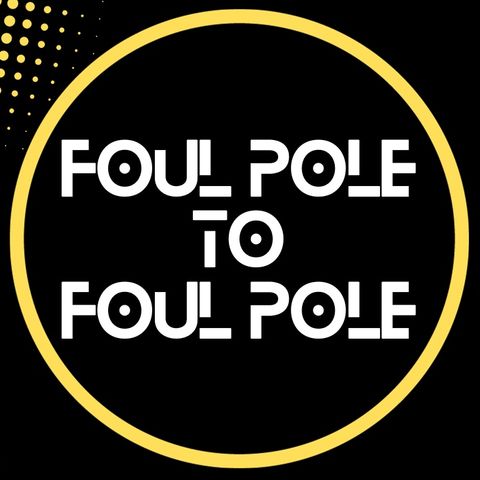Are you coaching too much? ~ Foul Pole to Foul Pole Daily 10/18/23

Regístrate gratis
Escucha este episodio y muchos más. ¡Disfruta de los mejores podcasts en Spreaker!
Descarga y escucha en cualquier lugar
Descarga tus episodios favoritos y disfrútalos, ¡dondequiera que estés! Regístrate o inicia sesión ahora para acceder a la escucha sin conexión.
Descripción
Over-coaching is when a coach tries to implement too many forms of communication at once, making it impossible for an athlete to properly respond. For example, let’s say an athlete...
mostra más- Athlete does 1st rep
- Coach: “Get your hips back more! Big air! Tuck your chin! Push the ground away!”
- Athlete does 2nd rep
- Coach: “Hips back! Chin Tuck! Abs, Abs, Abs! Legs, legs, legs! Grip!”
- Athlete begins 3rd rep
- Coach: “Hold on, hold on!” Manipulates athlete’s posture
If an athlete wants to get better, even in the smallest increments, they need to develop self-sufficiency. The earlier, the better. Athletes who need to have their hands held throughout the entire training process don’t typically become great leaders or teammates. This translates to sport because, well, Coach can’t hold your hand out there in competition. The key is to find the fine line between truly caring about your athletes and babysitting your athletes. Toe that line, but never cross it into the realm of babysitting. Part of their success, no matter what age or level they’re at, is dependent on their ability to problem solve, troubleshoot, and make critical decisions on their own. This expands far beyond the field, court, weight room, or any other athletic venue. This is a life thing. Consistently challenge your athletes in physical and mental aspects. As they start to show signs of growth, try to put them in leadership roles within whatever world you’re in. As a strength coach, you may want to allow them to choose some lifts, lead warm-ups, or challenge them to answer questions other athletes ask. We focus so much on physically building up our athletes, but it’s also extremely important to build them up emotionally and mentally, as well.
When utilized correctly, coaching cues can be extremely helpful. However, I think many coaches rely on them too heavily. When the coaching cues are coming at a fast and furious pace, they often become more of a distraction than a helpful form of communication. A cue can be verbal or nonverbal. It can be external (athlete focuses on something outside of the body that affects movement, such as “push the ground away”) or internal (athlete focuses on their own body to affect movement, such as “extend through the knees”). A cue can be communicated before, during, or after a rep. The word cue itself is simply an umbrella term for all the ways we communicate with the trainee. Make no mistake, coaching cues are essential. I’m not trying to bash them. However, when used incorrectly, they are not efficient or valuable to the athlete. In fact, they can be outright counterproductive. An athlete and coach have to be 100 percent on the same page as to what that cue is trying to get them to do. Make sure they fully understand why you say what you say, or they may be totally misinterpreting the cue. This can lead to frustration, as they feel they’re trying to follow your advice, but the visual says otherwise. The bottom line is to make sure anytime you think of a new cue, you give the athlete a summary of why you’re saying it, what it means, what you want it to trigger, and how they can handle that cue when it’s provided.
The K.I.S.S. Principle is really underutilized in coaching. Many coaches could benefit from utilizing the K.I.S.S. Principle more frequently, but it’s one of those “good problems” to have, in my opinion. Why? Because it means you care so much about your athlete’s results that you sometimes overthink things to the point of over-complication. We can’t manufacture genuine care for our athletes, but we can simplify our coaching pretty easily. Needing to use the K.I.S.S. Principle more frequently is not the worst thing ever for a coach. Sometimes, we just need to take a step back and look at the big picture from afar. Simple is subjective. I can’t tell you what is simple for you or your athletes. However, these are some things that have worked for my athletes.
- If you want to get stronger, lift more weight
- If you want to get faster, run faster
- If you want to gain weight, eat more and lift more
- If you want to lose weight, eat less and lift more
- If you want to be powerful, do powerful things
- If you want to recover better, sleep more
Información
| Autor | Tyler Black |
| Página web | - |
| Etiquetas |
Copyright 2024 - Spreaker Inc. an iHeartMedia Company
